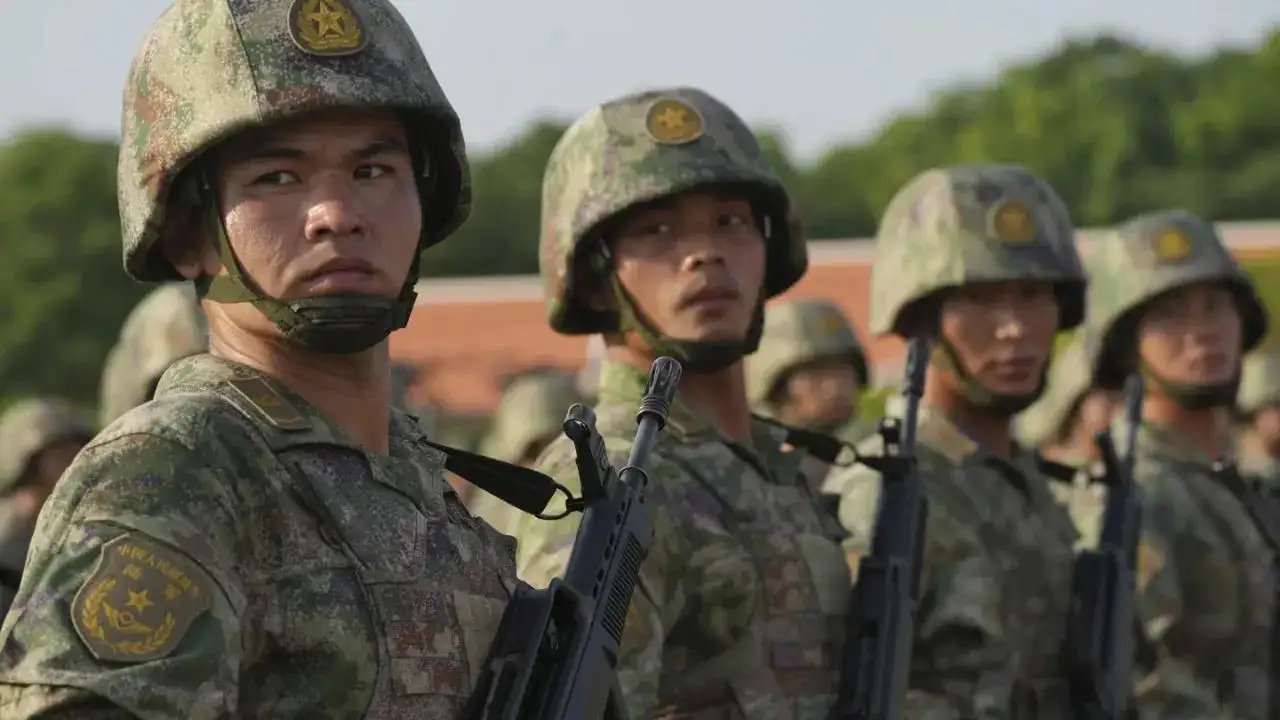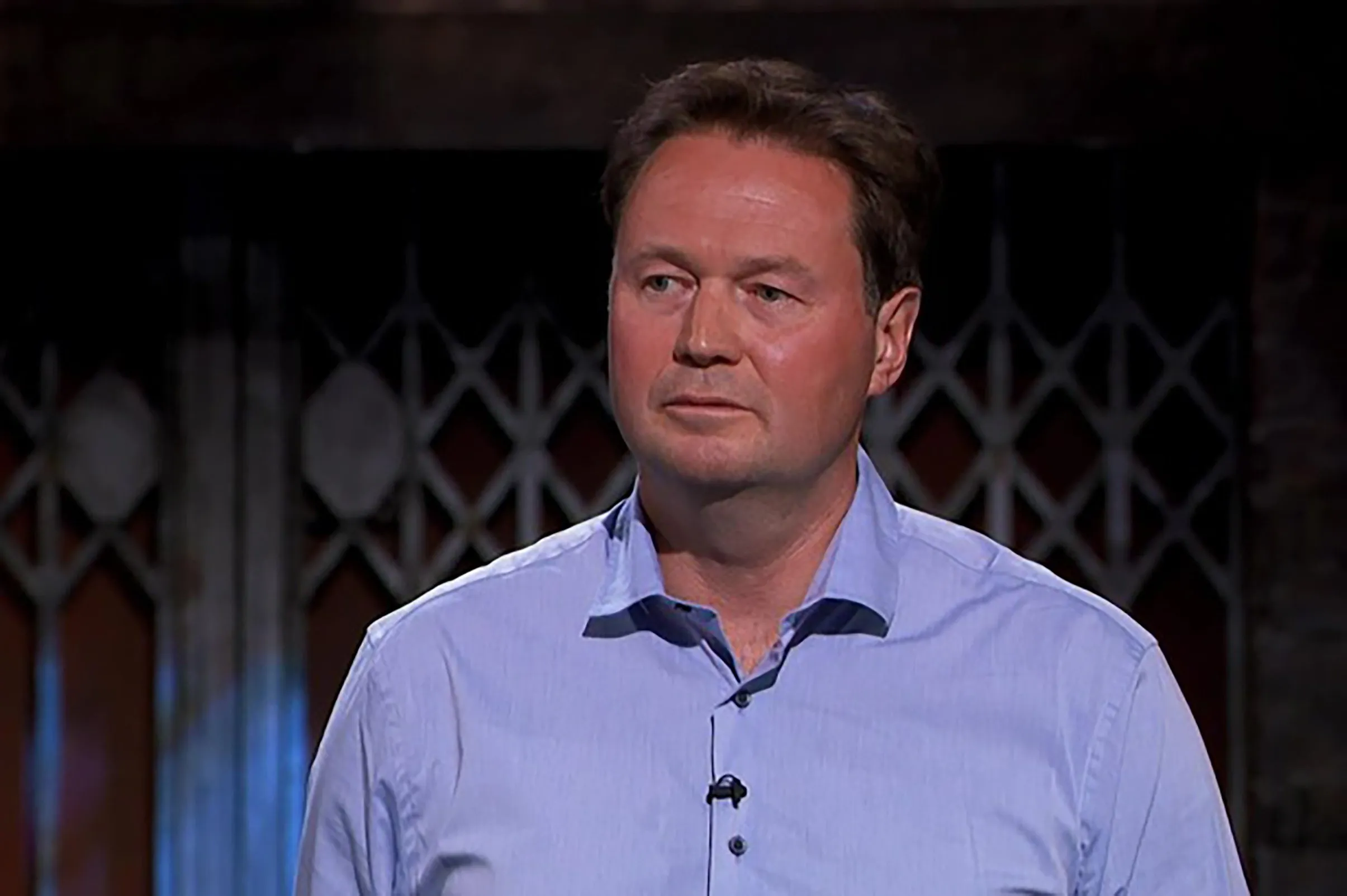No Generals, No Glory? Inside The Mystery Of China’s Military Leadership Absence At Victory Day Parade 2025
By Yuvraj Tyagi
Copyright timesnownews

The 2025 Victory Day Parade in Beijing deviated from tradition with the notable absence of senior PLA generals. In contrast to the 2015 and 2019 parades, where over 80 generals led formations, this year’s event featured lower-ranking officers such as colonels and senior colonels. Their names were not announced, and they marched without the usual fanfare, a departure from the norm that has raised questions among observers. This change is widely seen as a reflection of President Xi Jinping’s ongoing anti-corruption campaign, which has led to the ousting of several high-ranking military officials. The absence of these generals from the parade is interpreted as an effort to distance them from public view amid ongoing investigations. Analysts suggest that showcasing these individuals could have undermined the leadership’s credibility if charges were later brought against them. Military Purge and Its Implications President Xi’s extensive military purge has been described as the most significant since Mao Zedong’s era. Reports indicate that nearly a fifth of the generals appointed by Xi since 2012 have been removed from their positions or are under investigation. This includes members of the powerful Central Military Commission, raising concerns about the stability of military leadership. The purge appears to be part of Xi’s broader strategy to consolidate power and eliminate potential rivals within the military. While this may strengthen his control in the short term, it also raises questions about the PLA’s operational readiness and the long-term impact on its effectiveness. The absence of seasoned generals from the parade underscores the challenges faced by the military in maintaining morale and cohesion during this period of upheaval. Display of Military Strength Amid Leadership Gaps Despite the leadership vacuum, the 2025 Victory Day Parade showcased China’s advanced military capabilities. The event featured the latest in nuclear-capable missiles, stealth aircraft, and counter-drone systems, signaling China’s growing defense prowess. The presence of international leaders such as Russian President Vladimir Putin and North Korean leader Kim Jong Un further emphasized China’s strategic alliances and aspirations. However, the juxtaposition of advanced military technology with the absence of senior military leaders highlighted underlying vulnerabilities. Observers noted that while the parade demonstrated China’s technological advancements, it also exposed gaps in leadership that could affect the PLA’s operational effectiveness. The event served as both a display of strength and a subtle acknowledgment of the challenges facing China’s military leadership. Political Messaging and International Reactions The 2025 Victory Day Parade was not only a military demonstration but also a political statement. President Xi’s decision to exclude former leaders, such as Hu Jintao, from the event and to include leaders like Kim Jong Un, underscored China’s shifting diplomatic alignments. The parade served as a platform to project China’s vision of an alternative global order, challenging Western dominance and signaling closer ties with Russia and North Korea. International reactions to the parade were mixed. While some countries expressed concern over China’s growing military assertiveness, others viewed the event as a reflection of China’s desire to assert its influence on the global stage. The absence of senior military leaders from the parade added an element of intrigue, prompting further analysis of China’s internal dynamics and their potential impact on international relations.



